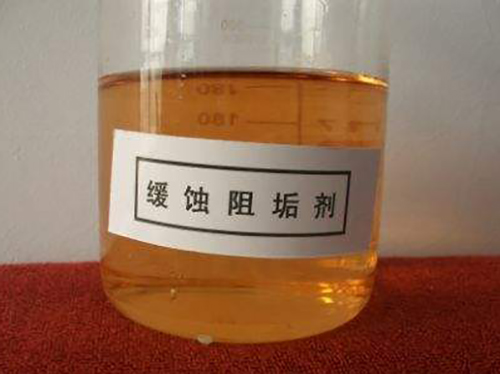cationic polyacrylamide flocculant
The Role of Cationic Polyacrylamide Flocculant in Water Treatment
Cationic polyacrylamide flocculants, often abbreviated as CPAM, have emerged as essential agents in various water treatment processes. Their unique chemical structure and properties make them particularly effective in promoting the aggregation of particles, enhancing sedimentation, and improving effluent quality. This article discusses the characteristics, applications, benefits, and environmental considerations of cationic polyacrylamide flocculants in water treatment.
Understanding Cationic Polyacrylamide
Cationic polyacrylamide is a synthetic polymer formed by the polymerization of acrylamide with cationic monomers. The presence of positively charged functional groups allows cationic polyacrylamide to interact electrostatically with negatively charged particles in water, such as clay, silt, and organic matter. This property is crucial for effective flocculation, as it helps to neutralize the negative charges on particles, facilitating their agglomeration into larger flocs that can easily be separated from water.
Applications
Cationic polyacrylamide flocculants are widely used in various industries for water purification and solid-liquid separation processes
1. Municipal Wastewater Treatment CPAM is extensively used in municipal wastewater treatment plants to improve the removal of suspended solid particles and enhance the efficiency of sedimentation processes. By promoting floc formation, cationic polyacrylamide helps in reducing the turbidity of treated water.
2. Industrial Wastewater Treatment Industries such as textiles, paper manufacturing, and mining generate large volumes of wastewater containing high concentrations of pollutants. Cationic polyacrylamide is employed to treat these effluents, aiding in the removal of contaminants and enabling compliance with environmental regulations.
3. Sludge Dewatering In sludge management, CPAM plays a crucial role in dewatering processes. The polymer aids in the agglomeration of sludge particles, resulting in the formation of larger floc aggregates that can be easily removed and disposed of, ultimately leading to reduced disposal costs.
4. Drinking Water Treatment Although less common, cationic polyacrylamide can also be utilized in drinking water treatment processes to effectively remove turbidity and enhance the overall water quality, ensuring safe consumption.
Benefits of Cationic Polyacrylamide Flocculants
cationic polyacrylamide flocculant

There are several advantages to using cationic polyacrylamide flocculants in water treatment
- High Efficiency CPAM is known for its remarkable efficiency in flocculation, leading to a quick reduction in turbidity levels and improved clarity of treated water.
- Cost-Effective While the initial investment in cationic polyacrylamides may be higher than other flocculants, their effectiveness often leads to lower operational costs in the long run by minimizing the need for extensive treatment processes.
- Versatility Cationic polyacrylamide can be customized to suit specific water treatment needs, making it a versatile option for various applications across different industries.
- Environmental Friendliness Many cationic polyacrylamide formulations are non-toxic and can be considered environmentally friendly, especially compared to traditional coagulants that may contain harmful substances.
Environmental Considerations
Despite their advantages, the use of cationic polyacrylamide flocculants does raise some environmental concerns. One of the primary issues is the potential for residual polyacrylamide in treated water, which can be harmful to aquatic life if not adequately removed. Therefore, it is essential for treatment facilities to optimize their processes and ensure that residual flocculants are minimized.
Moreover, the production and disposal of synthetic polymers can contribute to environmental pollution if not managed properly. As a result, ongoing research is being conducted to develop biodegradable alternatives and improve the sustainability of cationic polyacrylamide formulations.
Conclusion
Cationic polyacrylamide flocculants have revolutionized water treatment practices, offering efficient solutions for addressing water quality issues. Their unique properties facilitate effective flocculation, leading to enhanced sedimentation and improved effluent quality. While their application comes with certain environmental considerations, the ongoing development of more sustainable practices ensures that CPAM continues to play a vital role in the pursuit of cleaner water and a healthier environment.
-
Dodecyldimethylbenzylammonium Chloride: High-Purity DisinfectantNewsAug.30,2025
-
2-Phosphonobutane-1,2,4-Tricarboxylic Acid: Scale & CorrosionNewsAug.29,2025
-
Premium Isothiazolinones | Broad-Spectrum Biocidal SolutionsNewsAug.28,2025
-
LK-319 Special Scale And Corrosion Inhibitor For Steel Plants: Advanced Solutions for Industrial Water SystemsNewsAug.22,2025
-
Flocculant Water Treatment: Essential Chemical Solutions for Purification ProcessesNewsAug.22,2025
-
Isothiazolinones: Versatile Microbial Control Agents for Industrial and Consumer ApplicationsNewsAug.22,2025





